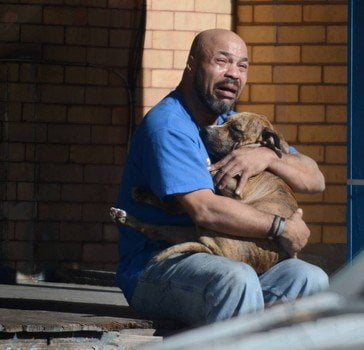A quick trip up to Silvermine (because we were in the area) was fairly depressing. The Reserve is closed and will remain so for the foreseeable future after the huge fire. Because it was off-the-cuff, I didn’t take the camera up (maybe I’ll find time for that tomorrow), so please excuse these phone pics. I think they still give you a pretty good idea of the nothingness that remains after the blaze.

Compare that with this pic from last October. It’s all rather barren and moonscapy.
Here’s some more information on the damage to the infrastructure in the Reserve, and a reminder that its closure has many knock on effects, not least the lack of casual employment for Henry, the car park guard there:
Henry Josephs, the car guard at the reservoir parking, is now without a job. He has been working there for about eleven years and has become a familiar face. He has been entrusted with car keys and possessions while folks have gone swimming. He has learnt a lot about the fauna and flora to pass on to visitors. So he was special feature in the parking area.
Incidentally, if you should wish to help Henry out, his banking details are listed at the end of that post.
Mr Henry Josephs
Capitec
1411156208
as well as the contact details of Sue Frew – Chairperson of Friends of Silvermine Nature Area – FOSNA.

Unsurprisingly, because that’s how nature works, there are some green shoots coming through the grey ash. But they’re few and far between at the moment. Aside from tomorrow’s possible visit, I’ll make a plan to get up there again in the next few weeks to see just how much change there has been.





